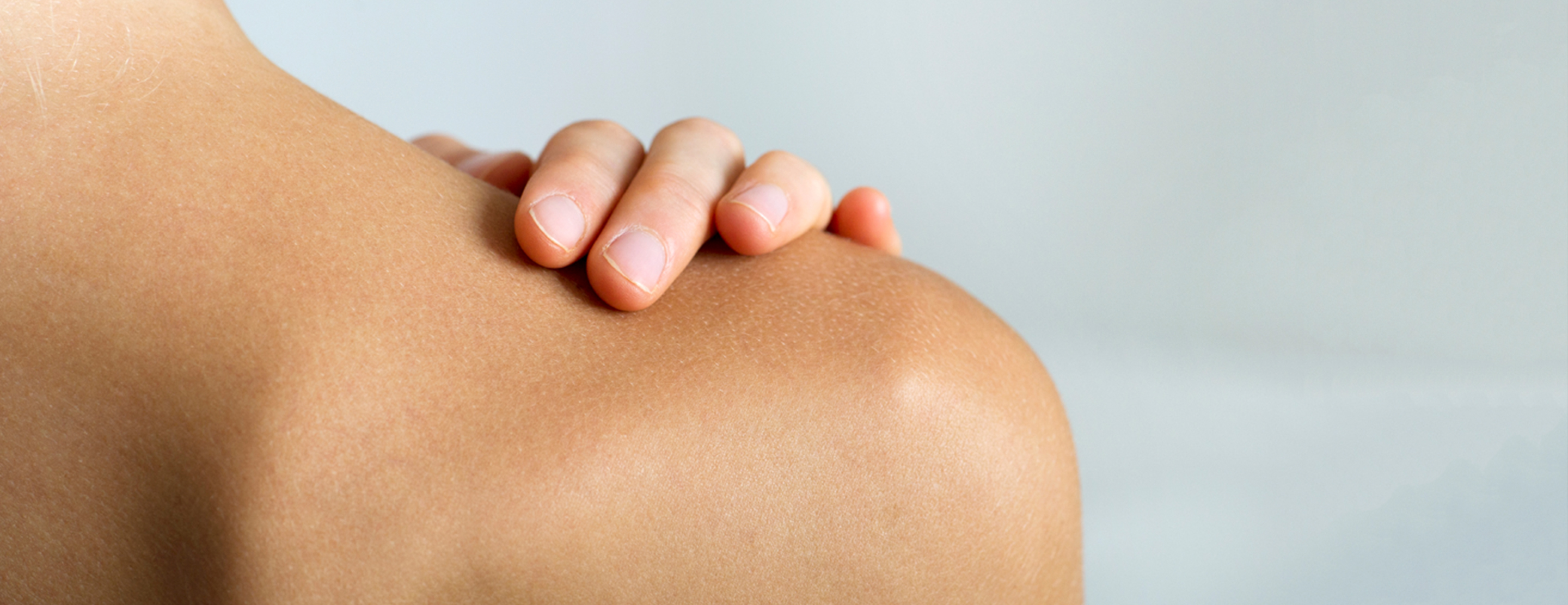UCSF dermatologic surgeons specialize in an advanced light-based treatment called photodynamic therapy, or PDT. PDT is used to treat rough, scaly and dry growths on the face and scalp called actinic keratoses (AKs). These lesions are caused by sun damage and can become cancerous if left untreated.

Photodynamic Therapy
PDT uses a special topical solution, called aminolevulinic acid, that makes AK cells extremely sensitive to light. After the solution is absorbed into the skin, a light is projected on the targeted area, which selectively destroys the photo-damaged cells.
Procedure
PDT is an outpatient procedure. During the first part of your visit, we will apply a solution to the skin lesions. The solution contains a chemical that makes the skin very sensitive to light. In many cases, the skin is first treated with an acetone scrub or microdermabrasion to help the chemical penetrate and reach the affected cells.
Following application of the aminolevulinic acid, you must wait approximately one to two hours while the solution is absorbed by the skin. Your doctor will tell you exactly how long you must wait.
After the chemical has had enough time to absorb, you will sit under a blue light for about 15 minutes. This light selectively destroys any abnormal cells that have absorbed the pre-treatment solution. During treatment, you will wear protective eyewear.
You may experience some stinging or burning during the treatment, but most patients are able to tolerate the discomfort.
Recovery
For at least 40 hours after treatment, you must protect the treated area from sun exposure and bright lights. This is critical, as your skin is still sensitive to light and any additional light exposure can cause further damage and burns. You must wear a wide-brimmed hat and protective clothing over the treated areas to prevent injury to the skin.
Sunscreen alone will not adequately protect the treated area from sun or bright lights immediately following PDT. However, in general, it is very important to use sunscreen on a daily basis to prevent further sun damage to your skin.
After treatment, you may experience some side effects. The most common include:
- Burning or stinging, which may last up to 24 hours following treatment
- Redness and swelling, which may last up to four weeks following treatment
- Scaling or crusting, which may last up to four weeks after treatment
Follow-up
You will need to return to your doctor about four weeks after treatment to evaluate the efficacy of the PDT treatment. Many patients need an additional treatment to get maximum results.
UCSF Health medical specialists have reviewed this information. It is for educational purposes only and is not intended to replace the advice of your doctor or other health care provider. We encourage you to discuss any questions or concerns you may have with your provider.












